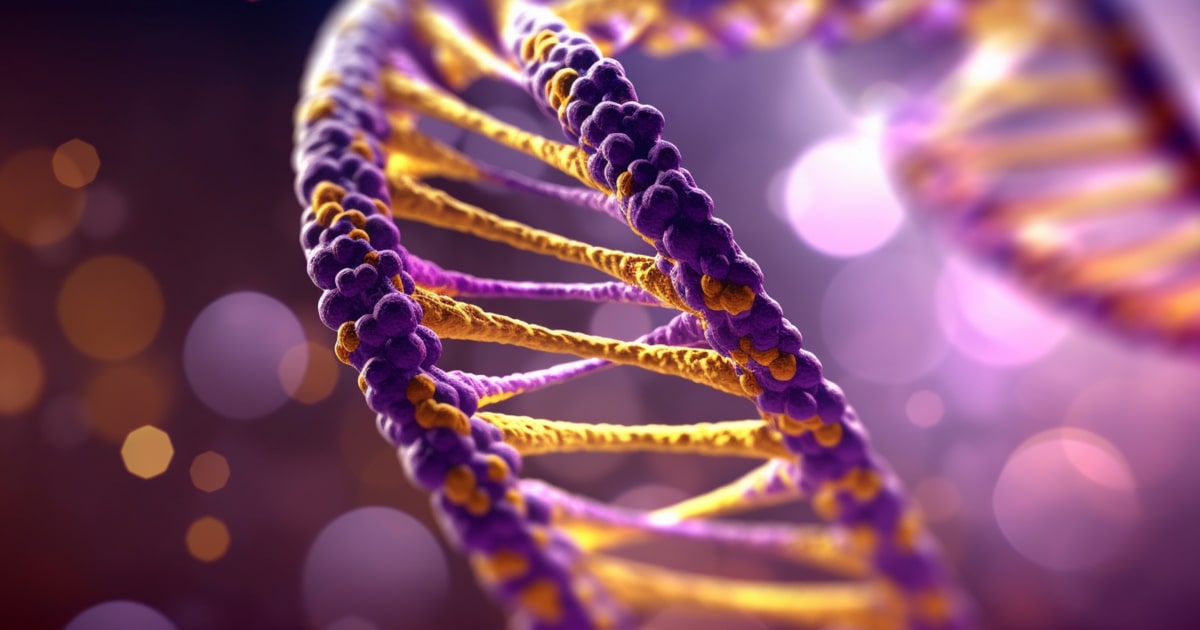
Expert Reviewed By: Dr. Brandon Colby MD
```htmlDiastema, commonly known as a gap between the teeth, particularly the upper front teeth, is a condition that can affect both children and adults. While it can be a cosmetic concern for many, it may also indicate underlying dental or genetic issues. This article aims to provide a comprehensive understanding of diastema, its diagnosis, and how genetic testing can be utilized to better manage this condition.
What is Diastema?
Diastema refers to a noticeable space or gap between two teeth. It is most commonly seen between the upper front teeth but can occur between any two teeth. Diastema can result from various factors, including discrepancies in tooth size, abnormal jaw bone structure, or habits such as thumb-sucking. In some cases, it is purely a genetic trait passed down through families.
Diagnosing Diastema
Clinical Examination
The first step in diagnosing diastema is a thorough clinical examination by a dental professional. This involves a visual inspection of the teeth and gums to identify the presence and extent of the gap. The dentist may also check for other dental issues that could be contributing to or resulting from the diastema.
Dental X-Rays
Dental X-rays are often used to get a detailed view of the teeth and jawbone. These images can help identify any underlying structural issues, such as impacted teeth or bone abnormalities, that may be causing the gap. X-rays also provide valuable information about the alignment and spacing of all the teeth, which is crucial for planning any corrective treatments.
Genetic Testing
Genetic testing is becoming an increasingly valuable tool in diagnosing and understanding diastema. By analyzing a patient's genetic makeup, healthcare providers can identify specific genes that may be contributing to the condition. This information can be particularly useful in cases where diastema is suspected to be hereditary.
Uses of Genetic Testing for Diastema
Identifying Genetic Predisposition
One of the primary uses of genetic testing for diastema is to identify whether a patient has a genetic predisposition to the condition. Certain genes are known to influence tooth size, jaw development, and other factors that can lead to diastema. By pinpointing these genes, genetic testing can provide valuable insights into the likelihood of developing gaps between the teeth.
Personalized Treatment Plans
Genetic testing can also help in creating personalized treatment plans for patients with diastema. Understanding the genetic factors involved allows dental professionals to tailor their approach to each individual's unique needs. For example, if genetic testing reveals a predisposition to larger-than-average tooth size, orthodontic treatments can be planned accordingly to address this specific issue.
Preventive Measures
In cases where genetic testing indicates a high risk of developing diastema, preventive measures can be taken to minimize the impact. Early intervention strategies, such as orthodontic treatments during childhood, can help guide proper tooth alignment and prevent gaps from forming. Additionally, genetic testing can inform lifestyle recommendations to avoid habits that may exacerbate the condition.
Conclusion
Diastema is a condition that can have both cosmetic and functional implications for individuals. Understanding the underlying causes, including genetic factors, is crucial for effective diagnosis and treatment. Genetic testing offers a powerful tool for identifying genetic predispositions, personalizing treatment plans, and implementing preventive measures. As our understanding of genetics continues to advance, the role of genetic testing in managing diastema is likely to become even more significant.
For more information on genetic testing and its applications, you can refer to the resources available through Semantic Scholar.
```About The Expert Reviewer
Dr. Brandon Colby MD is a US physician specializing in the personalized prevention of disease through the use of genomic technologies. He’s an expert in genetic testing, genetic analysis, and precision medicine. Dr. Colby is also the Founder of and the author of Outsmart Your Genes.
Dr. Colby holds an MD from the Mount Sinai School of Medicine, an MBA from Stanford University’s Graduate School of Business, and a degree in Genetics with Honors from the University of Michigan. He is an Affiliate Specialist of the American College of Medical Genetics and Genomics (ACMG), an Associate of the American College of Preventive Medicine (ACPM), and a member of the National Society of Genetic Counselors (NSGC)